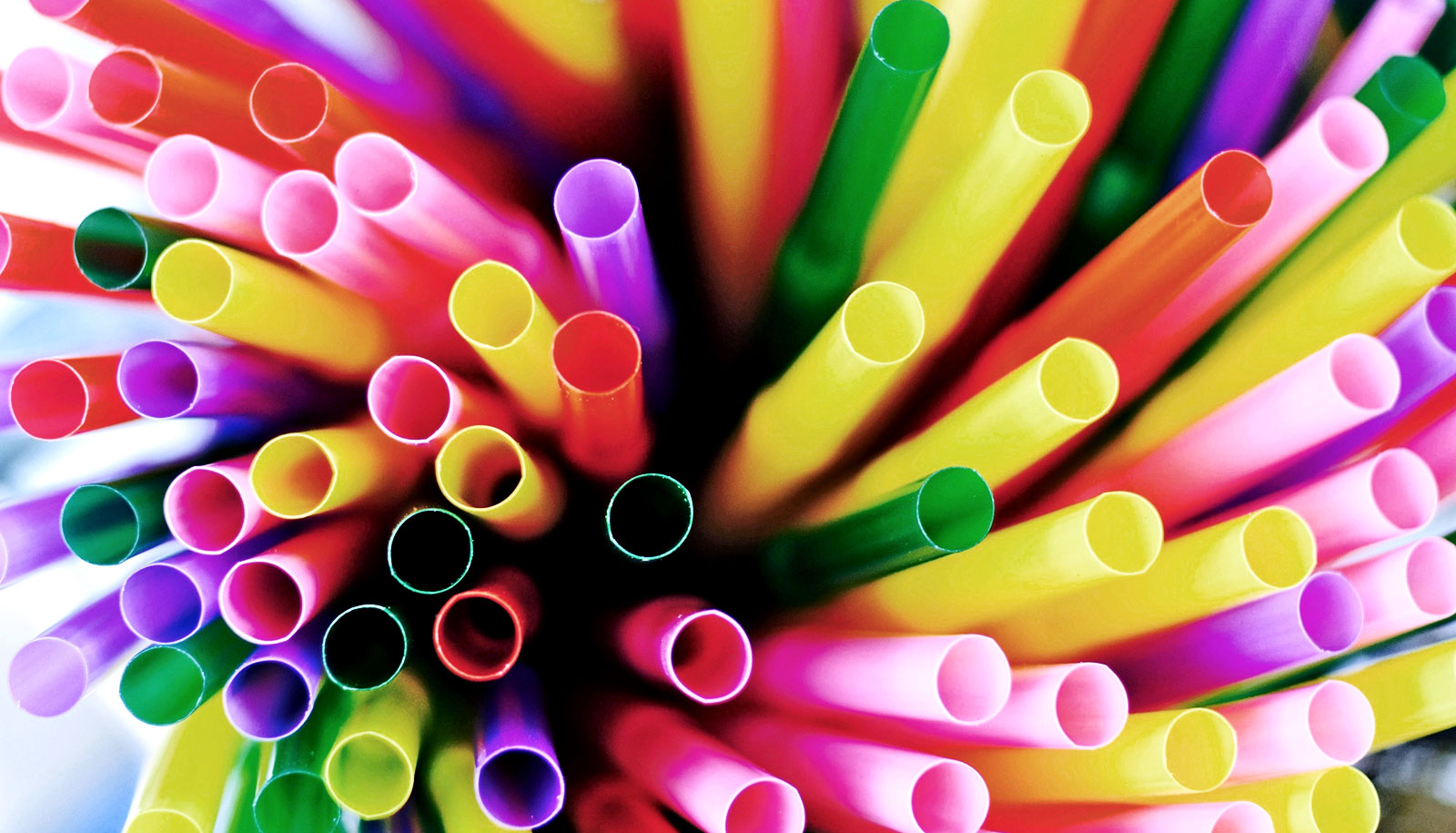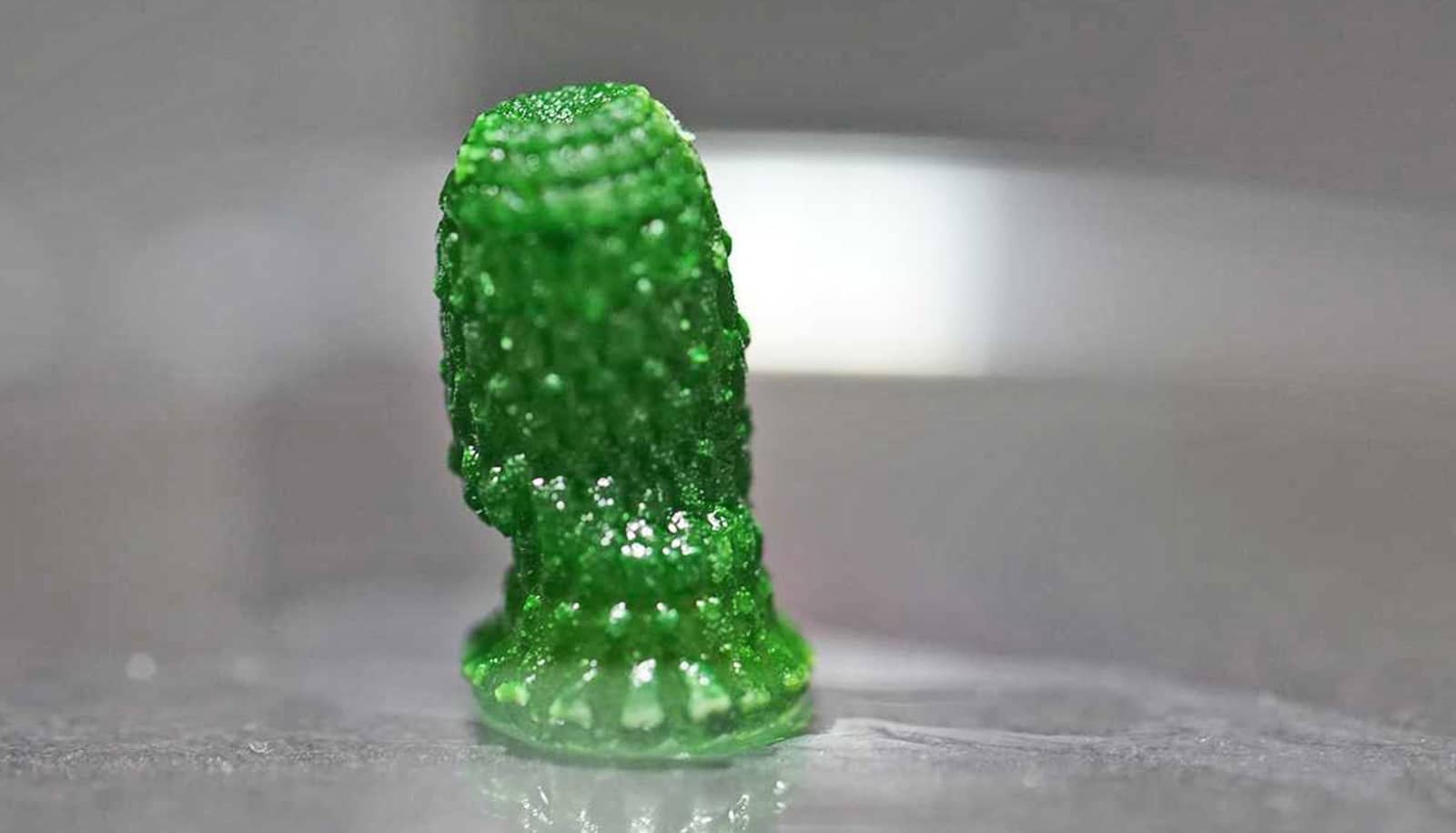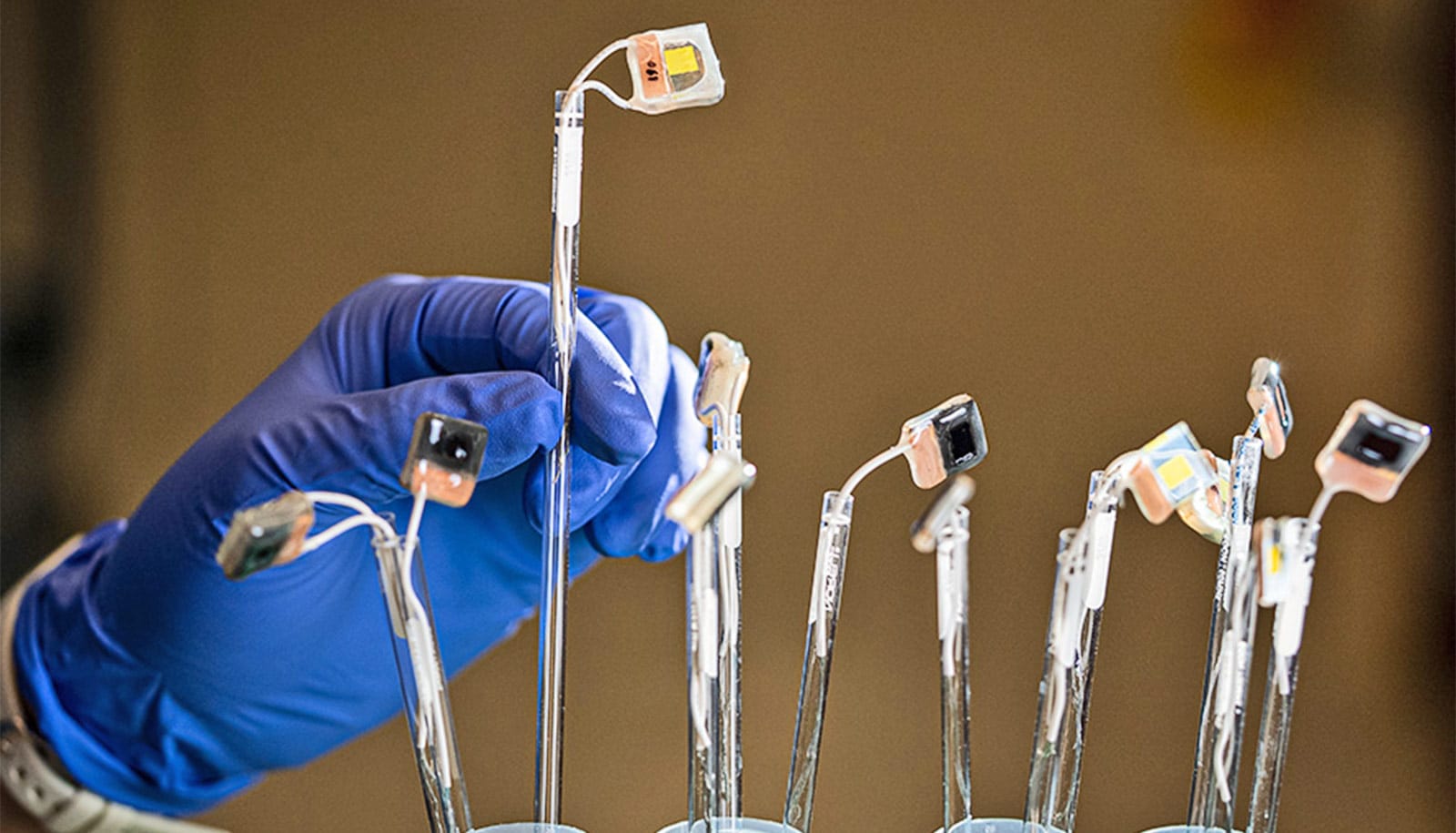Growing public concern has led to calls to ban single-use plastics, most notably straws. But can that have a meaningful effect?
Plastic waste, mostly in the form of tiny particles, floats in huge blobs that together cover as much as 40 percent of the Earth’s ocean surface.
In California, a bill to ban straws unless requested at dine-in restaurants is awaiting a signature from the governor. Other states such as Hawaii, cities such as Seattle and New York, and corporations such as Amazon and Starbucks are also considering or have initiated plastic phase-out plans.
Here, Jim Leape, co-director of the Center for Ocean Solutions, and Craig Criddle, a professor of civil and environmental engineering, both at Stanford University, discuss the path to reducing ocean plastic pollution. Leape has long been a leader in ocean conservation efforts. Criddle has evaluated use of microorganisms to biodegrade plastic materials and to synthesize biodegradable bioplastics from waste feedstocks.
What is the scale of the plastic ocean-pollution problem?
Leape: Our oceans are currently swimming with plastics. It is estimated that there are now 150 million metric tons of plastic in the ocean. We add another 8 million tons each year—that’s about five grocery bags full of plastic waste on every foot of shoreline around the world, according to a recent study.
It has been projected that, if current trends continue, by 2050 the plastic in the ocean will outweigh the fish.
Why should the average person care?
Leape: Microplastics pervade the oceans. They’re in about a quarter of the seafood in our markets, and even in table salt. Plastics also permeate freshwater systems like rivers and streams.
One recent survey found plastics in 94 percent of tap water samples in the US and in nearly every brand of bottled water.
There is a lot of research now underway on the health effects of ocean plastics, but we already know that some plastics, and the chemicals that attach themselves to plastics in the water, can cause cancer, genetic disruptions, and other ill effects.
How significant or potentially effective are recent commitments to ban plastic straws?
Leape: Plastic straws are only a tiny fraction of the problem—less than 1 percent. The risk is that banning straws may confer “moral license”—allowing companies and their customers to feel they have done their part.
The crucial challenge is to ensure that these bans are just a first step, offering a natural place to start with “low-hanging fruit” so long as it’s part of a much more fundamental shift away from single-use plastics across the value chains of these companies and our economy.
Is this a problem we can solve by recycling more or switching to biodegradable plastics?
Criddle: In addition to recycling more and reusing materials more, we need new materials that can do the same jobs as current plastics, but are biodegradable, nontoxic, and do not concentrate in food chains. Such materials already exist in nature.
As it turns out, many microorganisms make moldable bioplastic polymers that are fully degradable. They store these polymers inside their cells as tiny granules. Interestingly, these granules contain “the seeds of their own destruction”: enzymes that break the polymer down when it is needed for food.
In effect, nature has designed this plastic for disassembly. We should do likewise.
What are the key obstacles to this paradigm shift, and how can we surmount them?
Criddle: Cost is a huge issue. We need to make fully biodegradable polymers that are cost-competitive. About half the cost of making biodegradable polymers is the cost of feedstock. Sugar and oils are too expensive.
Fortunately, microorganisms can also use cheap, renewable substrates, such as food wastes, biogas methane, carbon dioxide, and renewable hydrogen.
We can also decrease costs through improved bioprocessing methods, through metabolic engineering, and by exploring and harnessing the incredible diversity of bioplastic-making systems that evolution has already created.
Ultimately, we can further decrease costs and achieve economies of scale through decentralized production systems and perhaps also at large biorefineries.
What can governments, communities, and individual people do to ease the plastic waste burden?
Criddle: We need to think about what incentives will promote a culture of recycling and innovation with respect to waste streams. Thoughtful laws are needed to control the problem and at the same time encourage innovation. New and sustainable business models are needed to address the current plastic deluge and also to enable a new generation of sustainable materials and technologies.
Leape: There are two clear imperatives. The first is to invest in better waste collection in the handful of countries that account for most of the plastic flowing into the ocean.
The second, more fundamental imperative is to get plastics out of our waste stream. Forty years after the launch of the first universal recycling symbol, only 14 percent of plastic packaging is recycled. So, for example, companies need to not only make products that are recyclable, but actually make them out of recycled or truly biodegradable material.
Communities and consumers can play vital roles in sparking action. As communities act to ban single-use plastics and individual consumers raise concerns, bigger actors pay attention.
On other issues, from overfishing to deforestation, we have seen that consumer-facing companies—like like McDonald’s, Unilever, and Walmart—can be exquisitely sensitive to the concerns of their customers. Those global companies can be important levers in driving change and shifting to a regenerative, circular economy.
Consumer outrage about the plastics crisis is already commanding attention from big companies and from many governments. That’s a promising start.
Source: Stanford University



